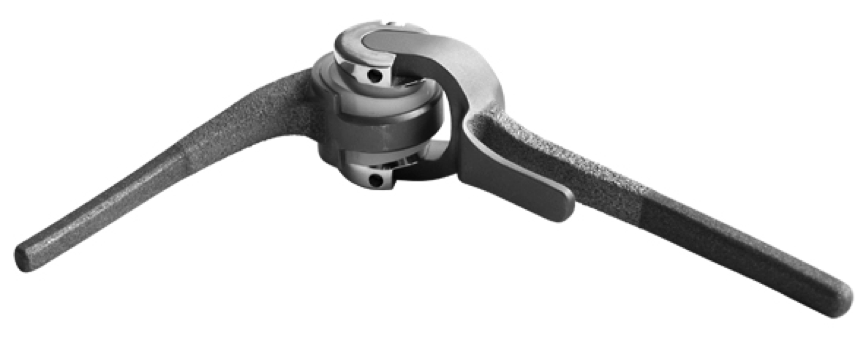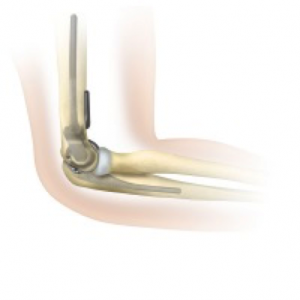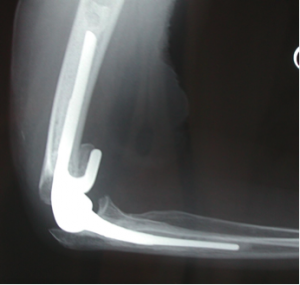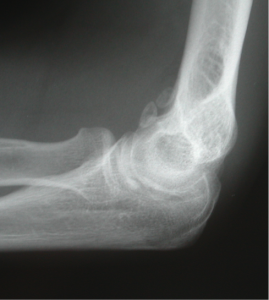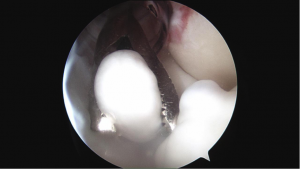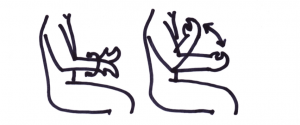Elbow Services
Services offered by:
Mr. Richard Large, Mr. Andrew Weber
-
Total Elbow Replacement
TOTAL ELBOW REPLACEMENT
Mr. Andrew Weber & Mr. Richard Large
Introduction
For over 100 years surgeons have been improving joint replacements to the stage where we almost take it for granted. Joint replacements became reliable during the 60’s when Sir John Charnley revolutionised the hip replacement. Now patient’s can look forward to virtual pain free movement for many years. While hip replacements and knee replacements are common, elbow replacements are much less common. Joint replacements, should not be looked upon as being as good as the original, and there are a number of factors to consider.Indications
An elbow replacement is indicated for arthritis, whether that be osteoarthritis, rheumatoid arthritis, or post traumatic arthritis.Relevant Investigations
An X-ray is the standard investigation for elbows. A CT may used to assess the deformity, and how much bone the surgeon has to work with.Procedure Synopsis
With a elbow replacement, an incision is made down the back of the elbow. Surgical dissection is carefully performed to look after the nerves and arteries going down to the hand. The components are fixed to ulna (forearm) and humerus.Rehabilitation
The patient will awake with a drain coming from their arm, in a splint. The arm will be protected for approximately six weeks. Exercises will be explained, as well as restrictions during this period. It is very important that the tissues heal around the joint replacement for it’s long-term viability, stability and function.After the six weeks, more physiotherapy will be required to optimise the result.
Joint replacements usually require regular review over the following years to assess for any signs of loosening.
-
Elbow Arthroscopy
ELBOW ARTHROSCOPY
Mr. Andrew Weber & Mr. Richard Large
Indications
An elbow arthroscopy is a surgical procedure used to assess the internal integrity of the elbow joint and to ascertain the damage.Relevant Investigations
X-ray, ultrasoundProcedure synopsis
Elbow arthroscopy is performed under general anaesthetic. A number of small incisions are made to insert a camera into the joint. Small tools are also able to assist by shaving off any prominences, or removing any loose bodies.
Elbow arthroscopy is often performed as day surgery and you will be able to go home in the late afternoon following surgery.Rehabilitation
You will leave hospital with a bandage on your elbow. Under this will be some waterproof sticky dressings. Please leave these dressings intact until your post operative visit at one week post op. You must keep these dry. You will be prescribed some pain medication and it is recommended that you take this regularly to stay on top of your pain. You will be seen by the hospital physiotherapist who will show you a home exercise program prior to leaving hospital. Gentle range of motion exercises for your elbow can be commenced straight after the surgery. You should expect the elbow to be painful, although early movement will prevent stiffness. Do not lift anything more than a coffee cup for the first week after surgery.
These are the range of motion exercises to be performed immediately after the surgery:
- Turn your hand all the way up (like you are accepting money) and under (like you are placing it on a table).
- Straighten your elbow all the way down by your side and then flex it up towards your shoulder.
Complications
Any operative procedure has potential complications. These will be discussed fully with you at the consultation.

